The 5G Revolution: Transforming Our Connected World
The advent of 5G technology marks a significant milestone in the evolution of wireless communication, promising to revolutionize our connected world in ways previously thought impossible. As the fifth generation of mobile networks, 5G is designed to deliver unprecedented speed, lower latency, and enhanced connectivity, paving the way for a new era of innovation across various sectors. This article explores the transformative potential of 5G, its key features, applications, and the challenges it faces as it rolls out globally.
Understanding 5G Technology
5G technology is not just an incremental upgrade from its predecessor, 4G; it represents a fundamental shift in how we connect and communicate. With the ability to support a massive number of devices simultaneously, 5G networks are designed to handle the increasing demand for data and connectivity in our increasingly digital world.
Key Features of 5G
1. **Increased Speed**: One of the most notable features of 5G is its incredible speed. 5G networks can achieve download speeds of up to 10 Gbps, which is up to 100 times faster than 4G. This speed enables seamless streaming of high-definition content, rapid downloads, and real-time data sharing.
2. **Low Latency**: Latency refers to the time it takes for data to travel from the source to the destination. 5G significantly reduces latency to as low as 1 millisecond, making real-time communication and interaction possible. This is particularly crucial for applications that require instant feedback, such as autonomous vehicles and remote surgeries.
3. **Massive Connectivity**: 5G is designed to connect a vast number of devices simultaneously, with the capacity to support up to 1 million devices per square kilometer. This capability is essential for the Internet of Things (IoT), where billions of devices need to communicate and share data.
4. **Enhanced Reliability**: 5G networks are built to provide a more reliable connection, ensuring that users experience fewer dropped calls and interruptions. This reliability is vital for critical applications in healthcare, transportation, and emergency services.
The Impact of 5G on Various Sectors
1. Healthcare
5G technology has the potential to revolutionize healthcare by enabling telemedicine, remote monitoring, and real-time data sharing. With low latency and high-speed connectivity, healthcare professionals can conduct virtual consultations, perform remote surgeries, and monitor patients’ vital signs in real-time. This capability not only improves patient outcomes but also expands access to healthcare services, particularly in rural and underserved areas.
2. Smart Cities
The development of smart cities relies heavily on the capabilities of 5G. With its ability to connect numerous devices and sensors, 5G can facilitate efficient traffic management, waste management, and energy consumption monitoring. For instance, smart traffic lights can adjust in real-time based on traffic flow, reducing congestion and improving air quality. Additionally, 5G can support smart grids, enabling more efficient energy distribution and consumption.
3. Autonomous Vehicles
The automotive industry stands to benefit immensely from 5G technology. Autonomous vehicles require real-time data exchange with other vehicles, infrastructure, and cloud services to operate safely and efficiently. With 5G’s low latency and high-speed connectivity, vehicles can communicate with each other and their surroundings, enhancing safety and enabling advanced features such as collision avoidance and adaptive navigation.
4. Entertainment and Media
5G is set to transform the entertainment and media landscape by enabling immersive experiences such as augmented reality (AR) and virtual reality (VR). With faster download speeds and lower latency, users can stream high-quality content without buffering, participate in live events from anywhere, and engage in interactive gaming experiences. This shift will redefine how we consume and interact with media.
5. Industry 4.0
The manufacturing sector is on the brink of a revolution with the advent of Industry 4.0, characterized by the integration of IoT, AI, and automation. 5G technology will play a crucial role in this transformation by enabling real-time data exchange between machines, optimizing production processes, and enhancing supply chain management. Factories equipped with 5G can achieve greater efficiency, reduce downtime, and improve overall productivity.
Challenges and Considerations
While the potential of 5G is immense, several challenges must be addressed to ensure its successful implementation:
1. **Infrastructure Development**: The rollout of 5G requires significant investment in infrastructure, including the installation of new antennas and base stations. This process can be time-consuming and costly, particularly in rural areas where connectivity is limited.
2. **Spectrum Allocation**: 5G operates on a range of frequency bands, and the allocation of spectrum is a critical factor in its deployment. Governments and regulatory bodies must work to ensure that sufficient spectrum is available for 5G networks to operate effectively.
3. **Security Concerns**: As with any new technology, security is a major concern. The increased connectivity of devices raises the risk of cyberattacks and data breaches. Ensuring robust security measures are in place will be essential to protect users and their data.
4. **Digital Divide**: While 5G has the potential to enhance connectivity for many, there is a risk of exacerbating the digital divide. Ensuring equitable access to 5G technology, particularly in underserved communities, will be crucial to avoid leaving certain populations behind.
## The Future of 5G
As 5G technology continues to roll out globally, its impact on our connected world will become increasingly evident. The potential applications are vast, and the benefits extend beyond individual users to entire industries and communities. By enabling faster, more reliable, and more secure connections, 5G will drive innovation, enhance productivity, and improve quality of life.
In conclusion, 5G technology is poised to revolutionize our connected world, transforming how we communicate, work, and live. As we embrace this new era of connectivity, it is essential to address the challenges that accompany it to ensure that the benefits of 5G are realized by all. The future is bright, and with 5G, we are on the cusp of a new digital frontier. # The 5G Revolution: Transforming Our Connected World
The advent of 5G technology marks a significant milestone in the evolution of wireless communication, promising to revolutionize our connected world in ways previously thought impossible. As the fifth generation of mobile networks, 5G is designed to deliver unprecedented speed, lower latency, and enhanced connectivity, paving the way for a new era of innovation across various sectors. This article explores the transformative potential of 5G, its key features, applications, and the challenges it faces as it rolls out globally.
## Understanding 5G Technology
5G technology is not just an incremental upgrade from its predecessor, 4G; it represents a fundamental shift in how we connect and communicate. With the ability to support a massive number of devices simultaneously, 5G networks are designed to handle the increasing demand for data and connectivity in our increasingly digital world.
Key Features of 5G
1. **Increased Speed**: One of the most notable features of 5G is its incredible speed. 5G networks can achieve download speeds of up to 10 Gbps, which is up to 100 times faster than 4G. This speed enables seamless streaming of high-definition content, rapid downloads, and real-time data sharing.
2. **Low Latency**: Latency refers to the time it takes for data to travel from the source to the destination. 5G significantly reduces latency to as low as 1 millisecond, making real-time communication and interaction possible. This is particularly crucial for applications that require instant feedback, such as autonomous vehicles and remote surgeries.
3. **Massive Connectivity**: 5G is designed to connect a vast number of devices simultaneously, with the capacity to support up to 1 million devices per square kilometer. This capability is essential for the Internet of Things (IoT), where billions of devices need to communicate and share data.
4. **Enhanced Reliability**: 5G networks are built to provide a more reliable connection, ensuring that users experience fewer dropped calls and interruptions. This reliability is vital for critical applications in healthcare, transportation, and emergency services.
The Impact of 5G on Various Sectors
1. Healthcare
5G technology has the potential to revolutionize healthcare by enabling telemedicine, remote monitoring, and real-time data sharing. With low latency and high-speed connectivity, healthcare professionals can conduct virtual consultations, perform remote surgeries, and monitor patients’ vital signs in real-time. This capability not only improves patient outcomes but also expands access to healthcare services, particularly in rural and underserved areas.
2. Smart Cities
The development of smart cities relies heavily on the capabilities of 5G. With its ability to connect numerous devices and sensors, 5G can facilitate efficient traffic management, waste management, and energy consumption monitoring. For instance, smart traffic lights can adjust in real-time based on traffic flow, reducing congestion and improving air quality. Additionally, 5G can support smart grids, enabling more efficient energy distribution and consumption.
3. Autonomous Vehicles
The automotive industry stands to benefit immensely from 5G technology. Autonomous vehicles require real-time data exchange with other vehicles, infrastructure, and cloud services to operate safely and efficiently. With 5G’s low latency and high-speed connectivity, vehicles can communicate with each other and their surroundings, enhancing safety and enabling advanced features such as collision avoidance and adaptive navigation.
4. Entertainment and Media
5G is set to transform the entertainment and media landscape by enabling immersive experiences such as augmented reality (AR) and virtual reality (VR). With faster download speeds and lower latency, users can stream high-quality content without buffering, participate in live events from anywhere, and engage in interactive gaming experiences. This shift will redefine how we consume and interact with media.
5. Industry 4.0
The manufacturing sector is on the brink of a revolution with the advent of Industry 4.0, characterized by the integration of IoT, AI, and automation. 5G technology will play a crucial role in this transformation by enabling real-time data exchange between machines, optimizing production processes, and enhancing supply chain management. Factories equipped with 5G can achieve greater efficiency, reduce downtime, and improve overall productivity.
Challenges and Considerations
While the potential of 5G is immense, several challenges must be addressed to ensure its successful implementation:
1. **Infrastructure Development**: The rollout of 5G requires significant investment in infrastructure, including the installation of new antennas and base stations. This process can be time-consuming and costly, particularly in rural areas where connectivity is limited.
2. **Spectrum Allocation**: 5G operates on a range of frequency bands, and the allocation of spectrum is a critical factor in its deployment. Governments and regulatory bodies must work to ensure that sufficient spectrum is available for 5G networks to operate effectively.
3. **Security Concerns**: As with any new technology, security is a major concern. The increased connectivity of devices raises the risk of
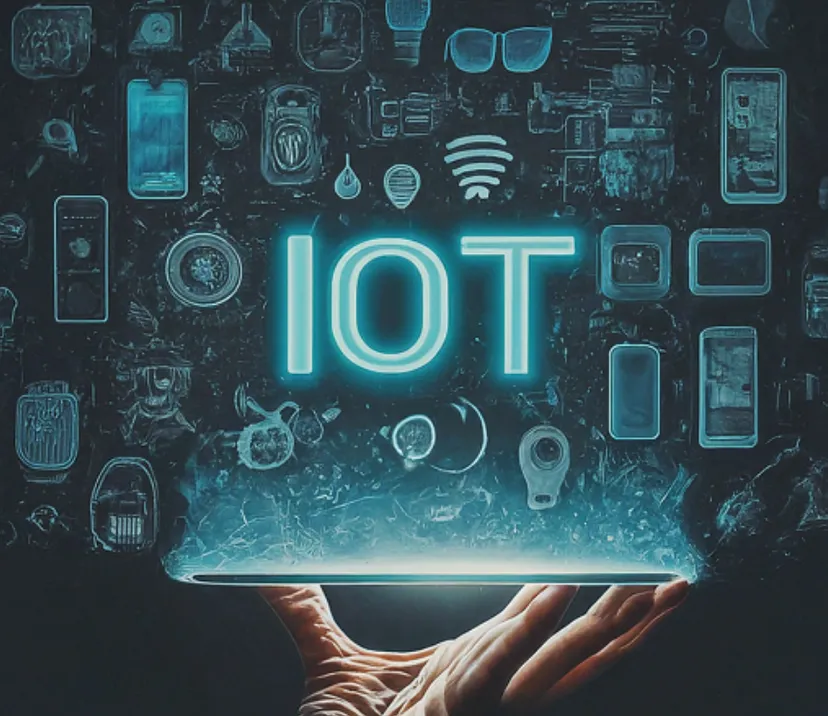
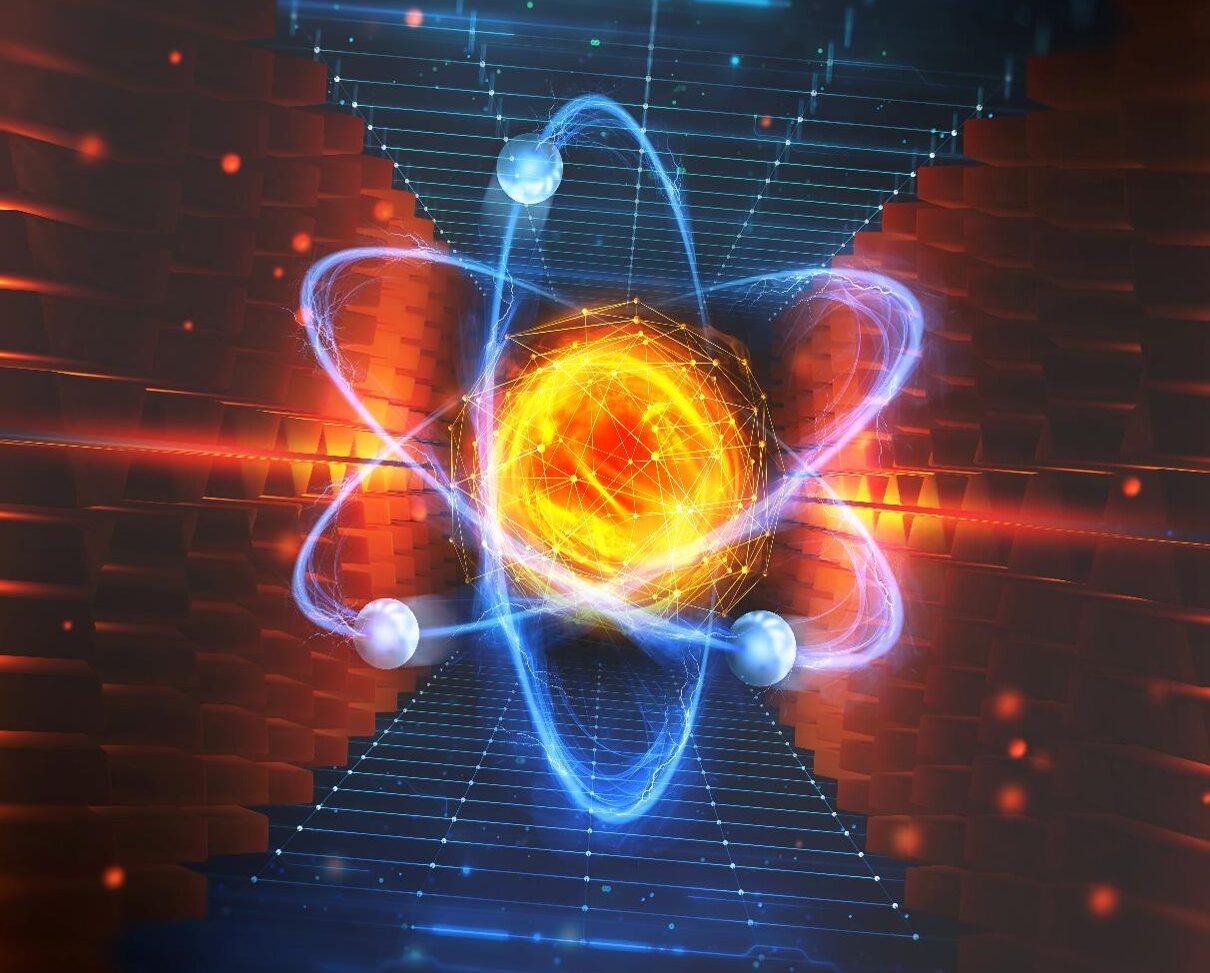

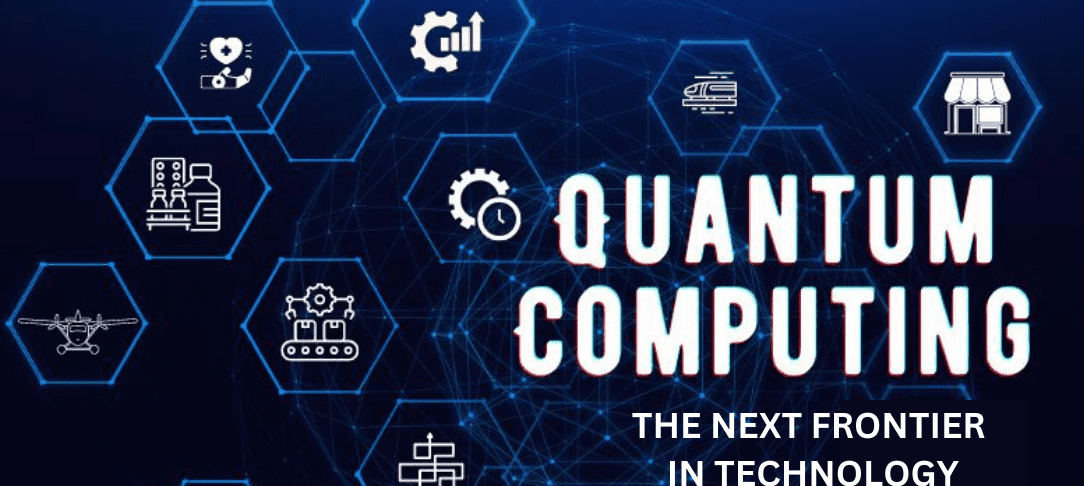




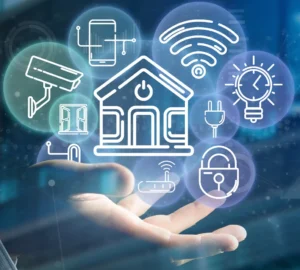
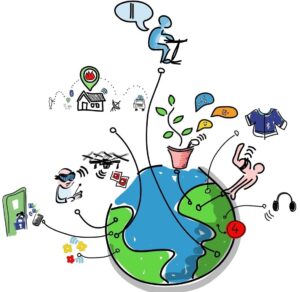
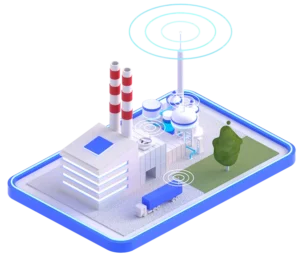


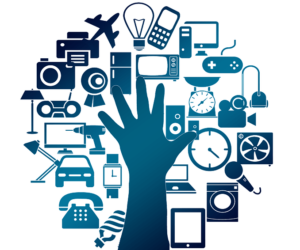
Post Comment